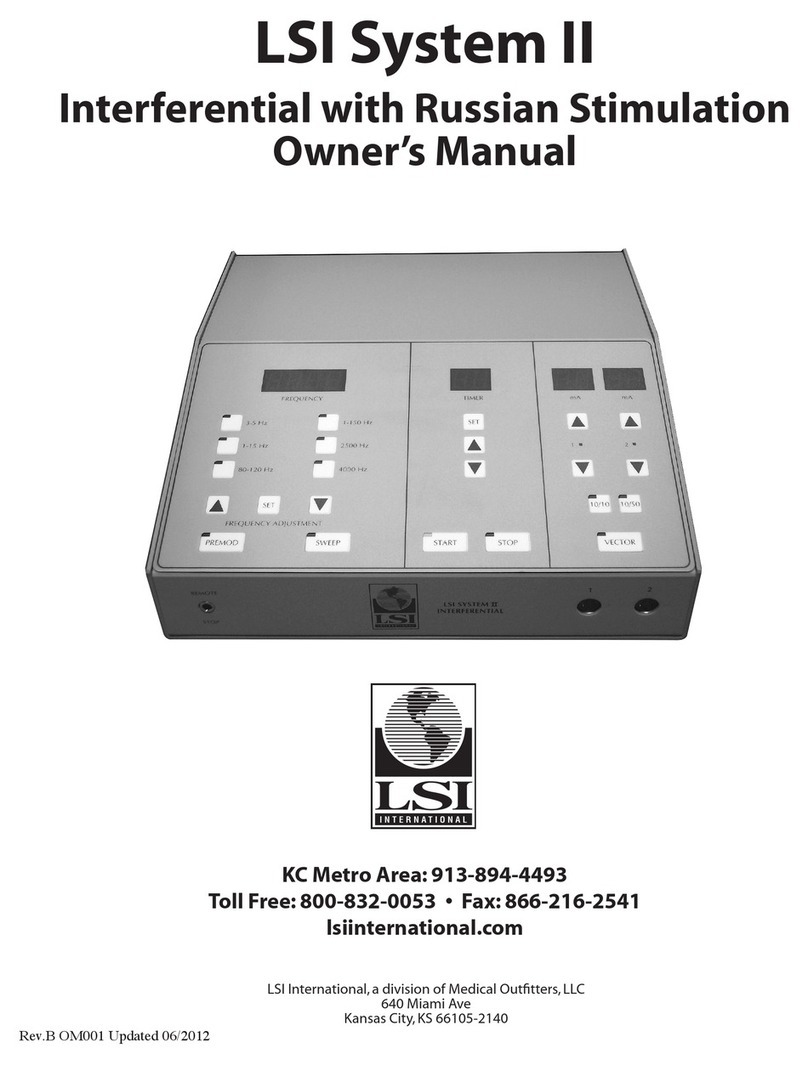
Table of Contents Page
1.0 About Your Tester .................................................................................................................................... 1
1.1 Description - What it can do .............................................................................................................. 1
1.1.1 Individual Tester Features and Options .................................................................................... 2
1.2 Safety and Use Considerations ......................................................................................................... 3
1.3 Specifications (All models) ................................................................................................................ 4
1.3.1 ECT Specifications ................................................................................................................... 4
1.3.2 CDHT Specifications ................................................................................................................ 4
1.3.3 FDHT Specifications ................................................................................................................. 5
1.3.4 DHT Specifications ................................................................................................................... 5
2.0 Setting Up Your Tester ............................................................................................................................ 6
2.1 Unpacking ......................................................................................................................................... 6
2.2 Installation ......................................................................................................................................... 7
3.0 How to Operate Your Tester .................................................................................................................... 8
3.1 Features ............................................................................................................................................ 8
3.1.1 Power On ................................................................................................................................. 8
3.1.2 Power Off ................................................................................................................................. 8
3.1.3 Selecting Measurement Units .................................................................................................. 8
3.1.4 Force and Length Zeroing (Intitialization) ................................................................................. 9
3.1.5 Test Modes ............................................................................................................................. 10
3.1.6 Optional RS 232 Interface ...................................................................................................... 10
3.2 Optional Automatic Force Resolution Selection ..............................................................................11
3.3 Length Lock ..................................................................................................................................... 11
3.4 Setting Micro-Adjust Length Stops .................................................................................................. 12
3.4.1 Compression Stops ................................................................................................................ 12
3.4.2 Extension Stop ....................................................................................................................... 13
4.0 Tester Calibration .................................................................................................................................. 14
4.0.1 Need for Calibration ............................................................................................................... 14
4.0.2 Calibration Options ................................................................................................................. 14
4.0.3 Required Calibration Equipment ............................................................................................ 14
4.1 Force Calibration ............................................................................................................................. 14
4.1.1 Offset Adjustment ................................................................................................................... 14
4.1.2 Verifying Force Calibration ..................................................................................................... 14
4.1.3 Force Adjustment ................................................................................................................... 14
4.2 Platform Parallelism ........................................................................................................................ 15
4.2.1 Verifying Platform Parallelism ................................................................................................. 15
4.2.2 Platform Paralelism Adjustment ............................................................................................. 15
4.3 Deflection Compensation ................................................................................................................ 16
4.3.1 Verifying Deflection Compensation ........................................................................................16
4.3.2 Deflection Compensation Adjustment .................................................................................... 16
4.4 Length Calibration ........................................................................................................................... 16
4.4.1 Verifying Length Calibration ................................................................................................... 16
4.4.2 Length Adjustment.................................................................................................................. 16
5.0 Warranty Information ............................................................................................................................. 17




























